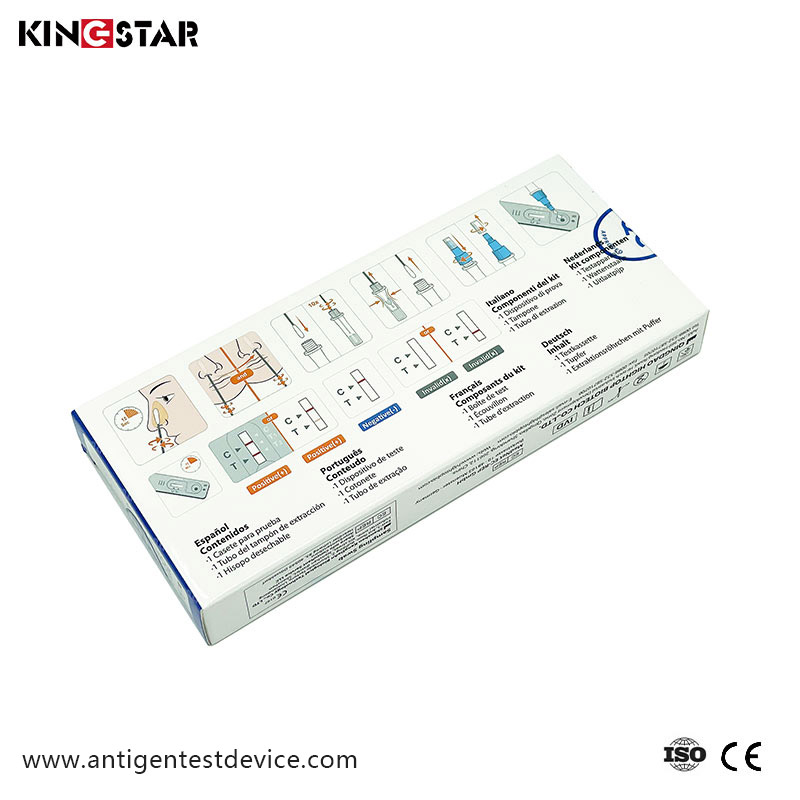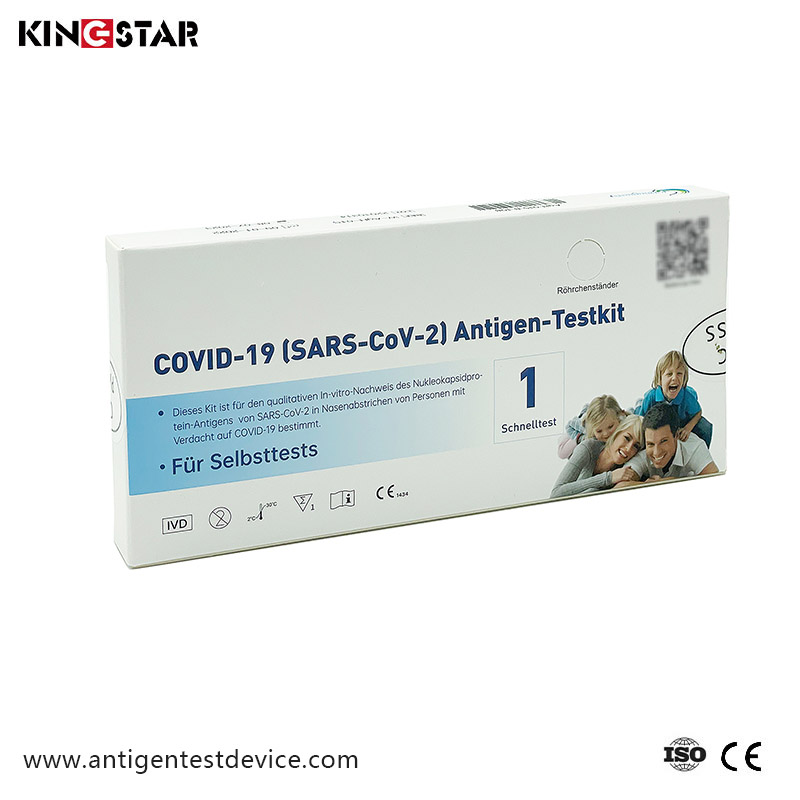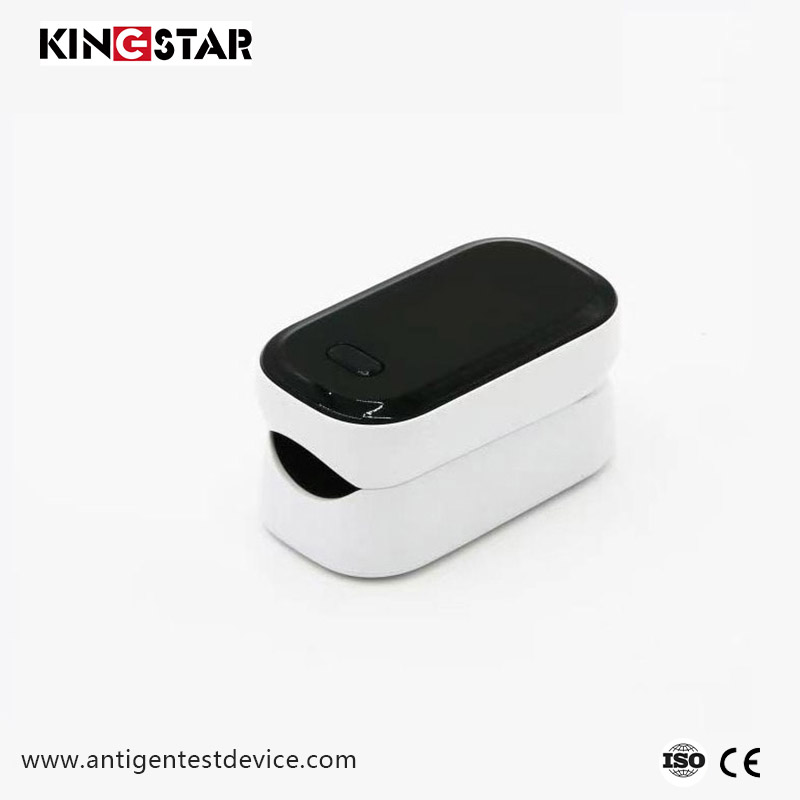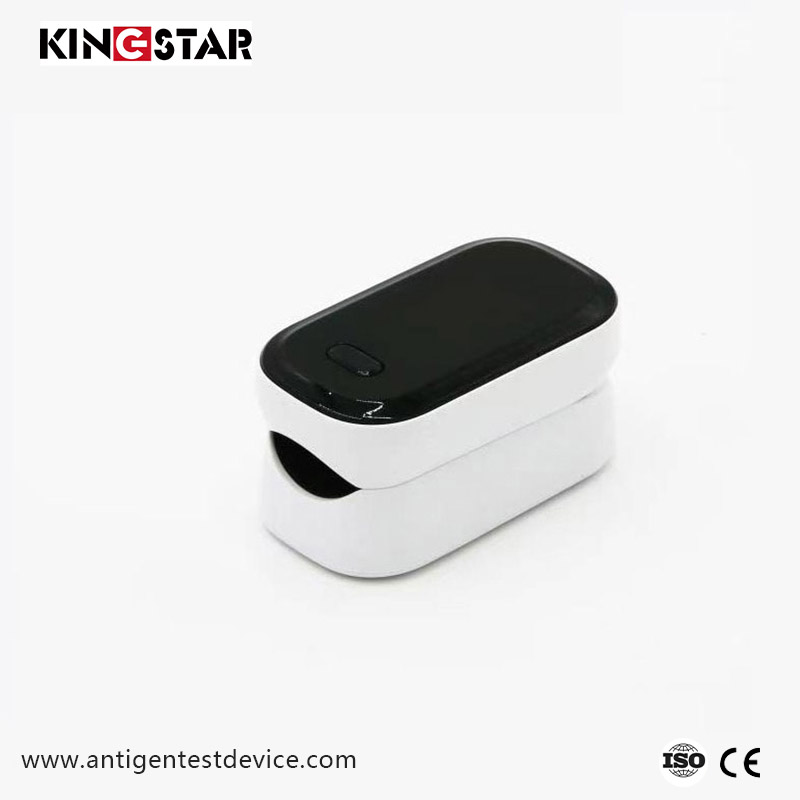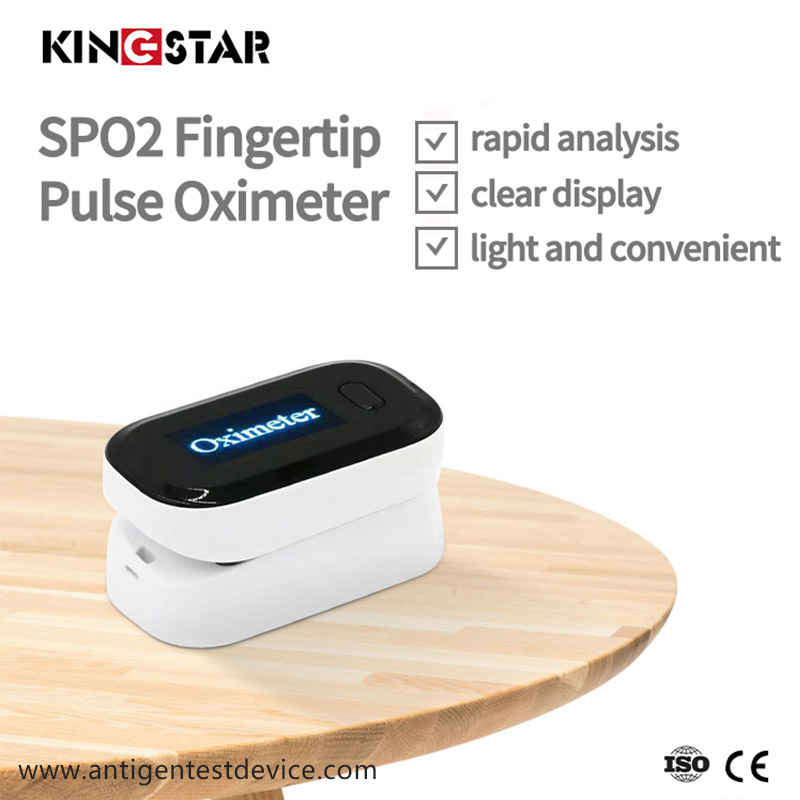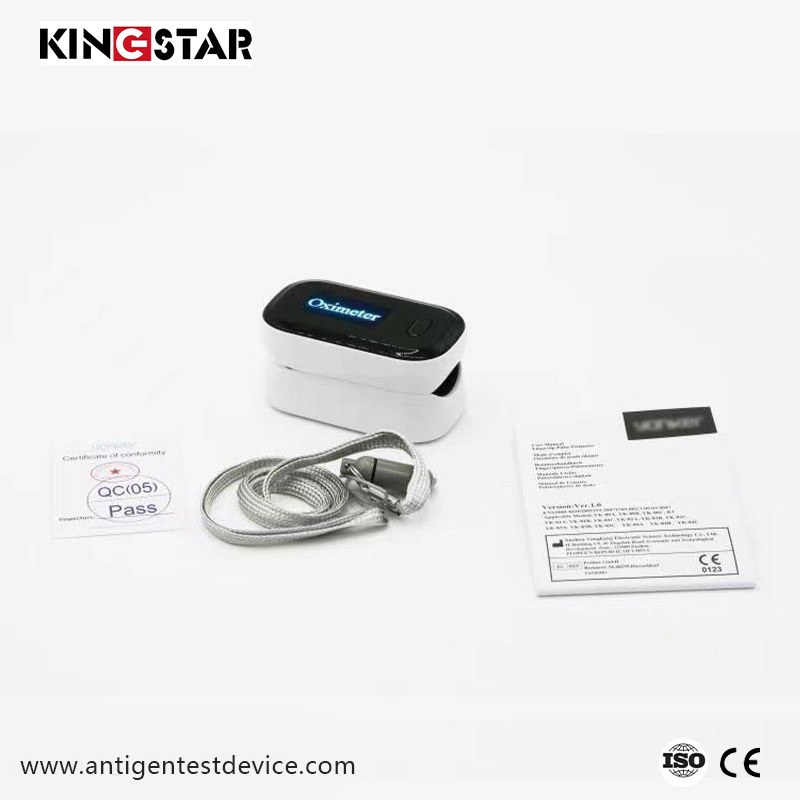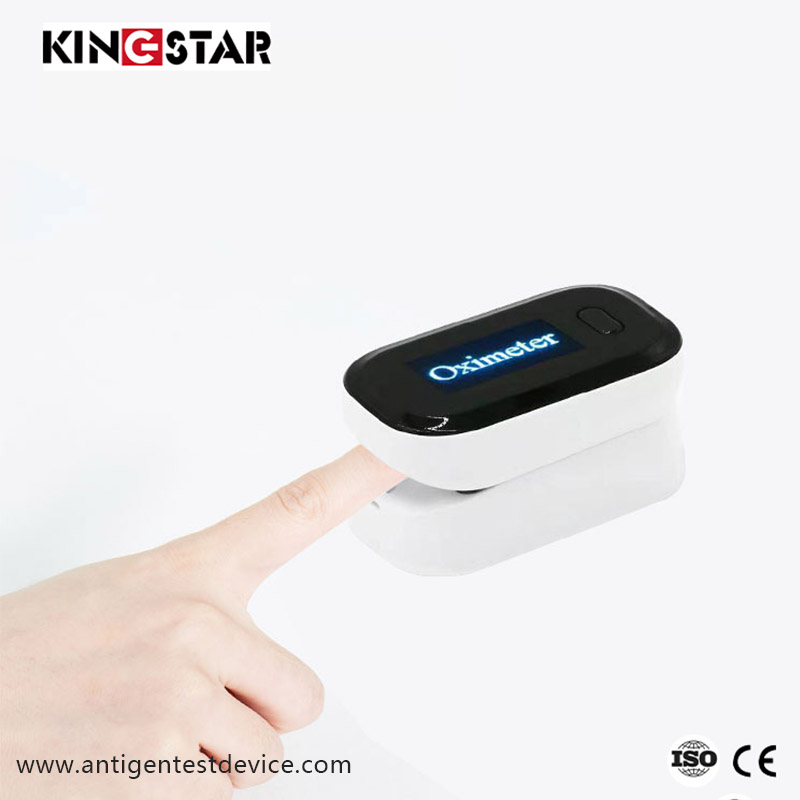Wireless Fingertip Pulse Oximeter
As the professional manufacturers, KINGSTAR INC would like to provide you Wireless Fingertip Pulse Oximeter. And we will offer you the best after-sale service and timely delivery.
Send Inquiry
Product Introduction
SPO2(Blood oxygen saturation levels) is an important physiological parameter of the respiratory cycle.
Self-adjusting finger clamp plus simple one-button design allows for easy operation. Small portable size makes it easy to handle and carry. Helpful for athletes and pilots to obtain quick and precise oxygen saturation readings.
Wireless Fingertip Pulse Oximeter is a quick and precise way to check pulse rates and blood oxygen saturation levels.
Product Parameter (Specification)
|
Basic Information |
|
|
Power Supply |
two AAA 1.5V alkaline batteries |
|
Power Consumption |
below 30mAh |
|
Automatically Power-off |
The product automatically shuts off when no signal can be detected within 8 seconds |
|
Dimension |
Approx. 58mm×35mm×30mm |
|
SPO2 |
|
|
Measurement range |
70%~99% |
|
Accuracy |
±3% on the stage of 70%~99% |
|
Resolution |
±1% |
|
PR |
|
|
Measurement range |
30BPM~240 BPM |
|
Accuracy |
±2BPM |
|
Operation Environment |
|
|
Operation Temperature |
5℃~40℃ |
|
Storage Temperature |
-10℃~40℃ |
|
Operation Humidity |
15%~80% |
|
Storage Humidity |
10%~80% |
|
Air Pressure |
70kPa~106kPa |
Product Feature and Application
Wireless Fingertip Pulse Oximeter is compact and easily portable to take with you throughout your day


Our oxygen saturation Fingertip Pulse Oximeter can be used as a pediatric pulse oximeter not only for kids but also as a blood oxygen monitor for adults
Wireless Fingertip Pulse Oximeter is suitable for all ages.


Product Details
Our Wireless Fingertip Pulse Oximeter is easy to use and has efficient one-button operation.
It will spot check and display SpO2, PR, pulse bar graph in real time, which is very suitable for checking your pulse signal strength

Operation Instructions
1.Install two AAA batteries into battery cassette before covering its cover.
2.Plug one finger into rubber hole of the Oximeter (it is best to plug the finger thoroughly) before releasing the clamp with the nail upwards.
3.Press button on the front panel;(Note: if equipped with automatic startup function refers to clamp oximeter, need not press the button, the instrument has 5 s automatic signal detection function, directly inserted into the finger, instrument is automatically switched on timely)
4.Don’t tremble your finger when the Oximeter is working. Your body is not recommended on moving status.
5.Press the button on the front panel, if we want change display direction;(Note: if equipped with accelerometer function of instrument then don't press the button, hand movements, the instrument with the accelerometer has four corresponding interface switch)
6.Read relevant datum from display screen.
7.The instrument has the function of sleep, no signal will enter standby state of sleep;
8.Please replace new batteries when OLED indicates the batteries are in low power.
Precautions for use
1.Do not use the Fingertip Pulse Oximeter together with MRI or CT equipment.
2.Explosion hazard: Do not use the Fingertip Pulse Oximeter in an explosive atmosphere.
3.The Fingertip Pulse Oximeter is intended only as an adjunct in patient assessment. Doctors should make diagnosis in conjunction with clinical manifestation and symptoms.
4.Check the Fingertip Pulse Oximeter sensor application site frequently to make sure that the circulation and skin integrality of patient are under good condition.
5.Do not stretch the adhesive tape while applying the Fingertip Pulse Oximeter sensor. This may cause inaccurate reading or skin blisters.
6.Please read the manual carefully before your operation.
7.The Fingertip Pulse Oximeter has no SpO2 prompt, it is not for continuous monitoring.
8.Prolonged use or the patient’s condition may require changing the sensor site periodically. Change sensor site and check skin integrality, circulatory status, and correct alignment at least every 2 hours.
9.Inaccurate measurements may be caused by autoclaving, ethylene oxide sterilizing, or immersing the sensors in liquid.
10.Significant levels of dysfunctional hemoglobins (such as carboxylhemoglobin or methemoglobin) may cause inaccurate reading.
11.Intravascular dyes such as indocyanine green or methylene blue may cause inaccurate reading.
12.SpO2 measurements may be adversely affected in the presence of high ambient light. Please shield the sensor area (with a surgical towel or direct sunlight, for example) if it is necessary.
13.Unexpected action may cause inaccurate reading.
14.Medical signal with high frequency or interference caused by defibrillator may lead to inaccurate reading.
15.Venous pulsations may cause inaccurate reading.
Product Qualification
The following is the certificates of Wireless Fingertip Pulse Oximeter.



